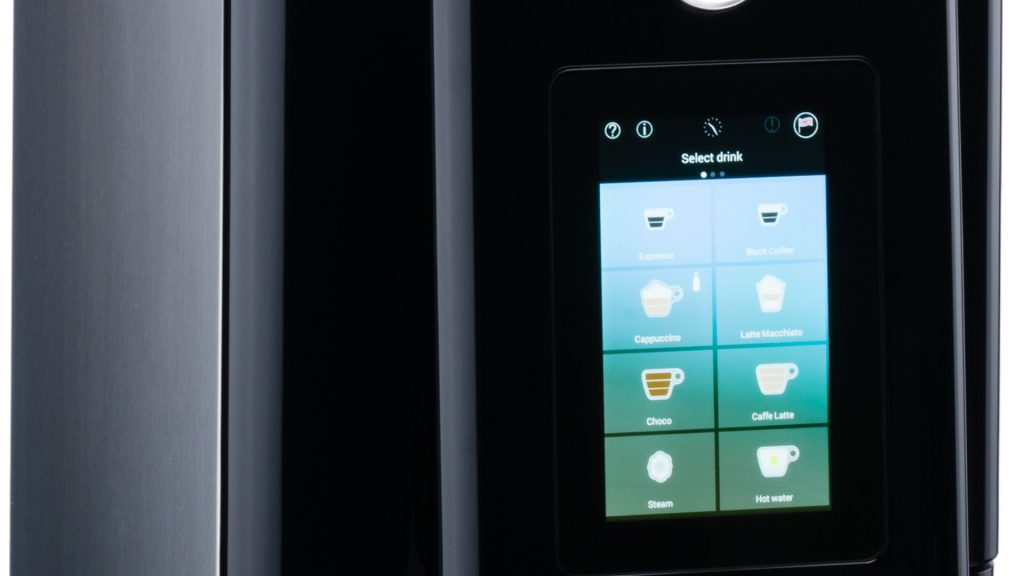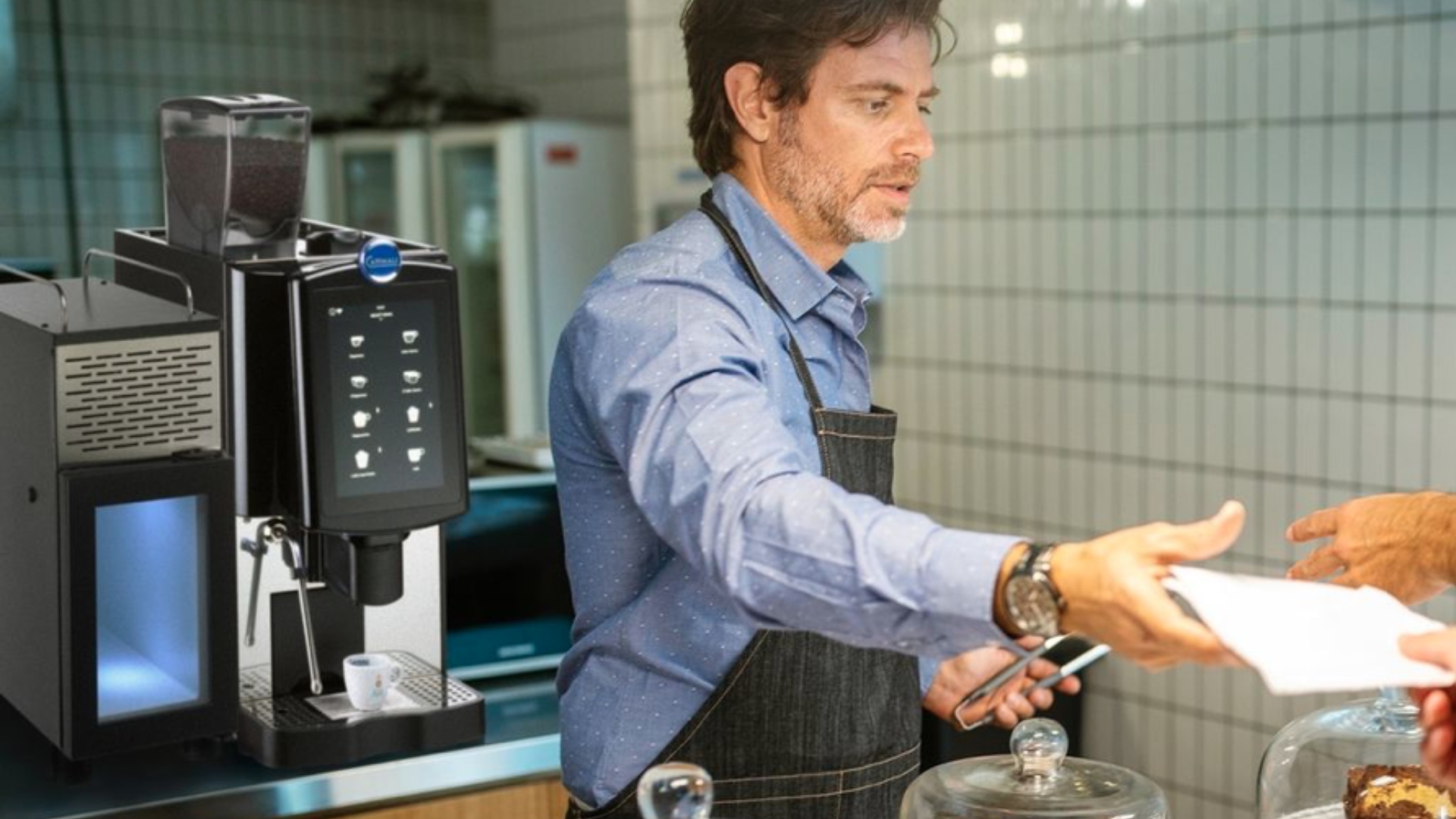Motion-sensor coffee machines: How much energy can they save?
Anay Mridul speaks with Carimali’s marketing manager, Roberto Gregis, about the energy-saving potential of motion-sensor coffee machines.
Electricity is the largest utility expense of a hotel business, comprising 60% of total utility expenditures. In restaurants, energy consumption can account for up to 6% of all operating costs.
With soaring energy prices – 150% higher than pre-pandemic levels on average – hospitality businesses are facing major challenges to survive. Around three-quarters are trying to reduce gas and electricity usage while raising prices, while almost 40% have cut trading hours.
Coffee machine manufacturer Carimali estimates that energy costs contributed to about 10% to 15% of a coffee shop’s overheads until 2021. In 2022, that grew to at least 20%.
The global pandemic and conflict in Ukraine have spurred a global energy crisis – and businesses and households alike are feeling the effects. For the hospitality industry, this represents an existential threat.
With Covid-19 turning the sector upside down, it’s been an uphill battle for businesses that managed to stay open throughout lockdowns. The pressure to save costs and increase turnovers has compounded the challenge of retaining old customers and appealing to new ones.
Monitoring energy consumption is the best way to manage costs. Recently, there’s been development in the field of motion-sensing coffee machines. Proponents say that this technology can significantly reduce energy costs by deactivating the machine when not in use.

What are motion-sensor coffee machines?
Roberto Gregis is marketing manager at Carimali. He explains that a motion sensor detects the presence of someone in proximity to the machine.
When nobody is close to the machine for more than a specified period of time – which can typically be adjusted – it instinctively switches off its heating elements.
“As soon as a user gets closer to the machine – usually closer than 70cm – it automatically starts the heating process,” Roberto says. “This way, the coffee machine heats water only when it’s strictly necessary.”
Motion sensors are becoming increasingly common in electrical applications, but they’ve been used for decades in electronics like lights and alarm systems. They provide a convenient way to navigate home and office settings, play a vital role in security, and help save on energy costs.
Among Carimali’s offerings with motion detector technology are the Optima Ultra and Optima Soft Plus. Using these machines, technicians can programme two parameters in the appliance: the number of minutes before the machine turns off the heating elements and the minimum temperature under which the machine starts the heating process again.
The heating element is one of, if not the most energy-intensive components of a coffee machine. By reducing its operating time, businesses stand to enjoy massive reductions in energy costs.

How much power can motion-sensor coffee machines save?
While motion sensors aren’t unheard of in the coffee industry, they’re still a relatively new addition to many machines. There isn’t extensive data on how much energy these detectors can save for coffee shops, but according to Carimali’s estimates, a business can save more than 30% of its energy costs.
Furthermore, by detecting when someone is in close proximity to the machine, Carimali’s MaxSave feature can save the specific energy used by a coffee machine by 25% to 90%.
While appliances with motion detectors can be slightly more costly, that surcharge is offset by the amount of money they save in the long run.
According to estimates, motion sensors use about 1W of energy on standby mode (for 24 hours), and about 5W per hour when active. Overall, however, their power consumption ranges from 0.5W to 8W.
For perspective, a low-consumption bulb equivalent to a traditional 100W bulb consumes 30W – that’s 60 times more than the most efficient motion sensors.
However, Roberto says the real benefit of motion sensors isn’t necessarily saving costs.
”Many machines are fitted with a reliable energy-saving mode and allow you to save the same amount of money,” he explains, adding that the real advantage is the time it takes to get the device ready again.
“Most coffee machines need the user to touch the screen to heat up, while the motion sensor doesn’t request ‘real contact’ between machine and user, speeding up the wake-up process.”
Apart from efficiency, convenience, and costs, motion-sensor machines serve another crucial purpose. When it comes down to it, the most valuable thing for coffee shops is to have a reliable consumer base.
With the climate emergency in focus globally, many customers expect businesses to be environmentally friendly and offer sustainable products. A 2018 NielsenIQ report showed that sustainable products in the coffee industry (among others) outgrew others in the same category despite a smaller market share.
Coffee companies have taken note: in 2020, 48% of all new coffee launches contained at least one sustainability claim. And, with the industry majorly impacted by climate change, global warming is forecast to cut areas suitable for coffee-growing in half by 2050.
Any steps towards conserving energy are a win for net-zero programmes and consumers looking for carbon-neutral coffee shops.








